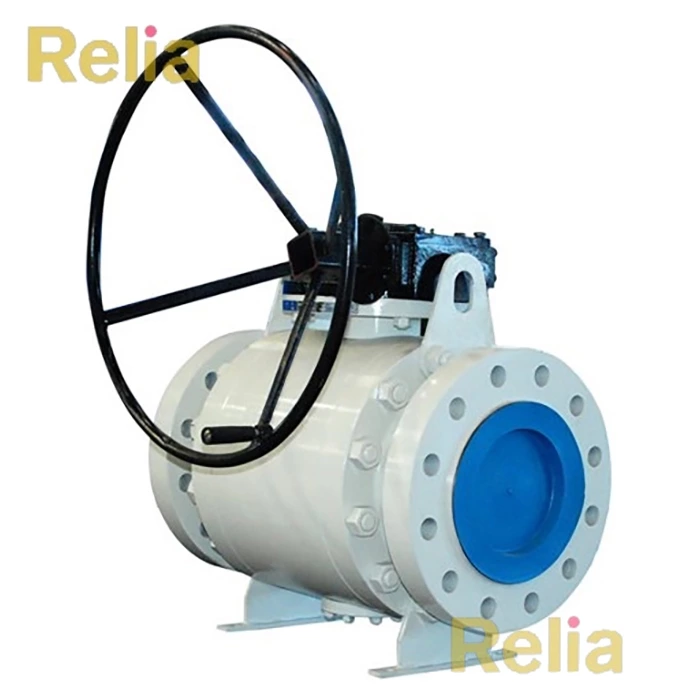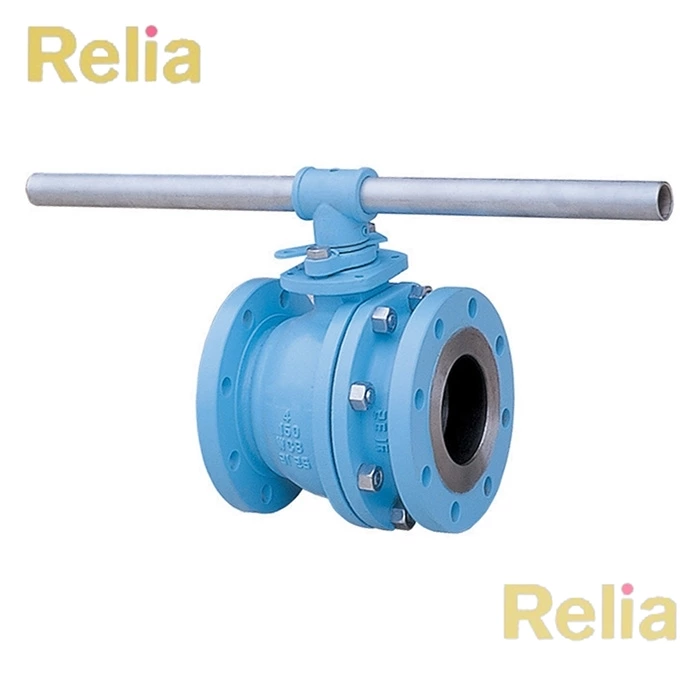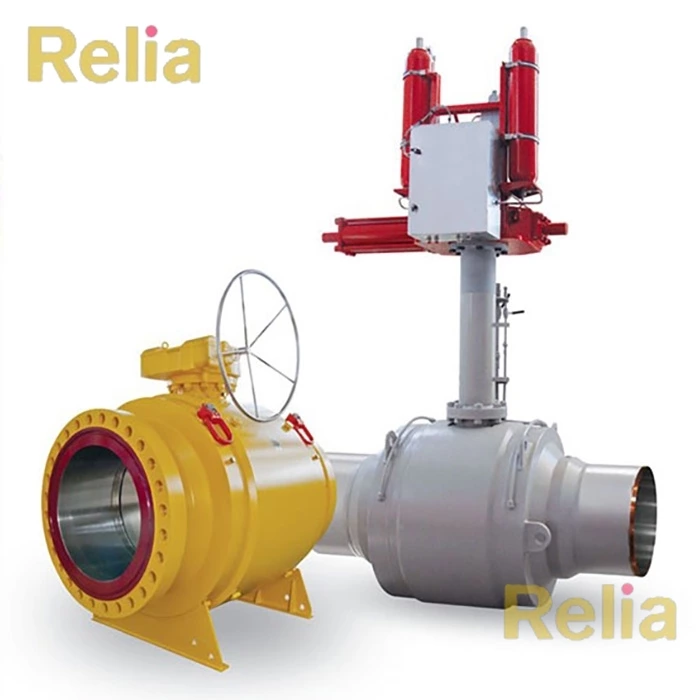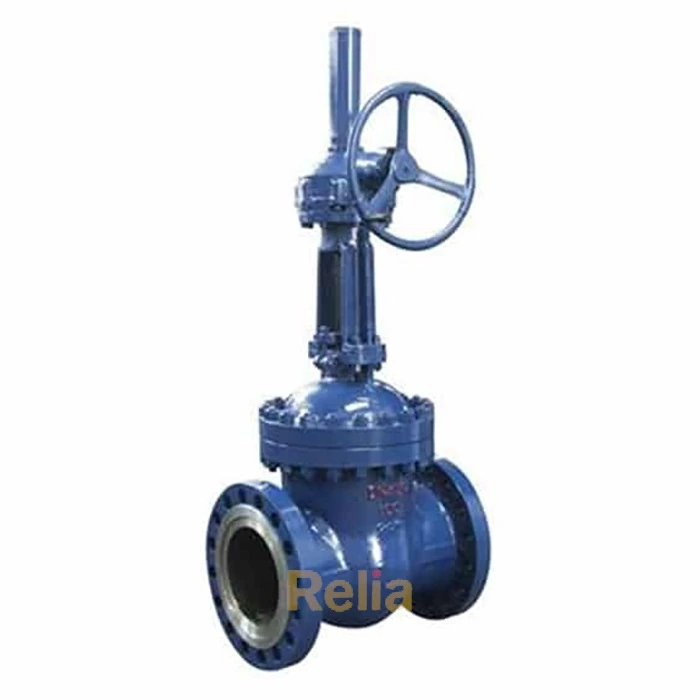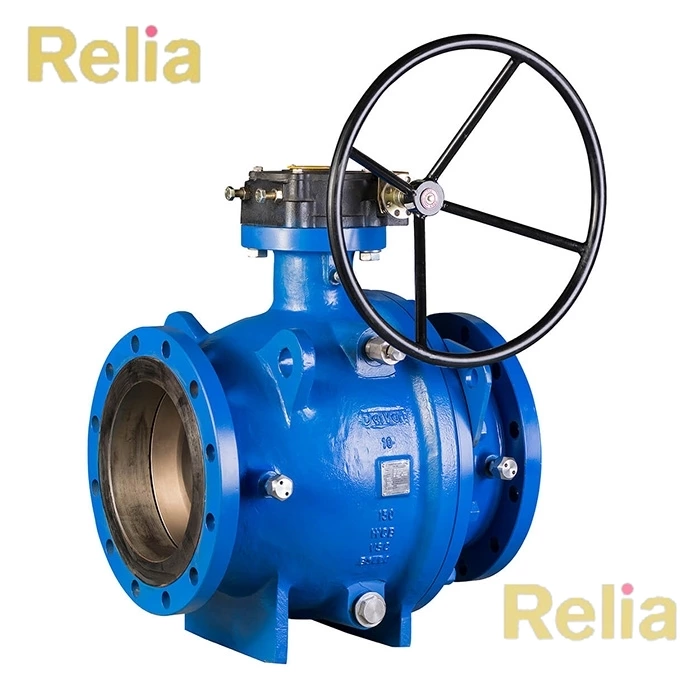ASME B1.20.1: Pipe Threads, General Purpose (Inch)
1 INTRODUCTION
1.1 Scope
ASME B1.20.1 Standard covers dimensions and gaging of pipe threads of the following series:
NPT
NPSC
NPTR
NPSM
NPSL
1.2 Related Standard
Hose coupling joints are ordinarily made with straight internal and external loose-fitting threads. There are several standards of hose threads having various diameters and pitches, one of which is based on the American National Standard Pipe Thread. By the use of this thread series, NPSH, it is possible to join small hose couplings in sizes 1 ⁄2 to 4, inclusive, to ends of standard pipe having American National Standard external pipe threads, using a gasket to seal the joint. For dimensions, tolerances, and gaging, see ASME B1.20.7.
1.3 Thread Designations
1.3.1 The types of pipe threads included in this Standard are designated by specifying in sequence the nominal pipe size, number of threads per inch, and the thread series symbol as follows:
1 ⁄8 –27 NPT
1 ⁄8 –27 NPSC
1 ⁄2 –14 NPTR
1 ⁄8 –27 NPSM
1 ⁄8 –27 NPSL
Decimal equivalent notation may be substituted for fractional pipe sizes. For example
0.125–27 NPT
For left-hand threads, add “LH” to the designation. For example
1 ⁄8 –27 NPT–LH
Designations without “LH” will signify right-hand threads.
1.3.2 Each of these letters in the symbols has significance as follows:
N=National (American) Standard
P = Pipe
T = Taper
S = Straight
C = Coupling
R = Railing Fittings
M = Mechanical
L = Locknut
1.4 Sealing (NPT and NPSC Only)
1.4.1 Mating Threads. Mating threads should always contact on the thread flanks. The design tolerances are such that mating crests and roots may clear, contact, or interfere (see Fig. 1). This joint may not necessarily seal, unless a sealant is used.
1.4.2 Sealant. Where pressure tight, leak-free joints are required, it is intended that threads conforming to this Standard be made up wrench-tight with a sealant. To prevent galling during installation, the sealant may have lubricating properties.
1.4.3 TighteningTorque. Due to application-specific variables such as materials, wall thickness, operating pressures, etc., no guidance is given in this Standard regarding joint-tightening torque. However, joints should be tightened beyond the hand-tight engagement position. Advancing the joint past hand-tight creates interference betweenexternal and internal thread flanks, produces a seal (with the use of a sealant), and helps prevent loosening of the joint. Overtightening may be
detrimental to the sealing function of the joint.
1.4.4 Other Considerations. Out-of-roundness of mating parts can negatively affect their ability to seal when made up wrench tight. The product’s elasticity and ductility will also affect sealing.
1.4.5 Pressure-Tight Threads Without Sealant. Pipe threads designed for pressure-tight joints that may be used without sealing compounds (Dryseal Threads) are covered in ASME B1.20.3.
